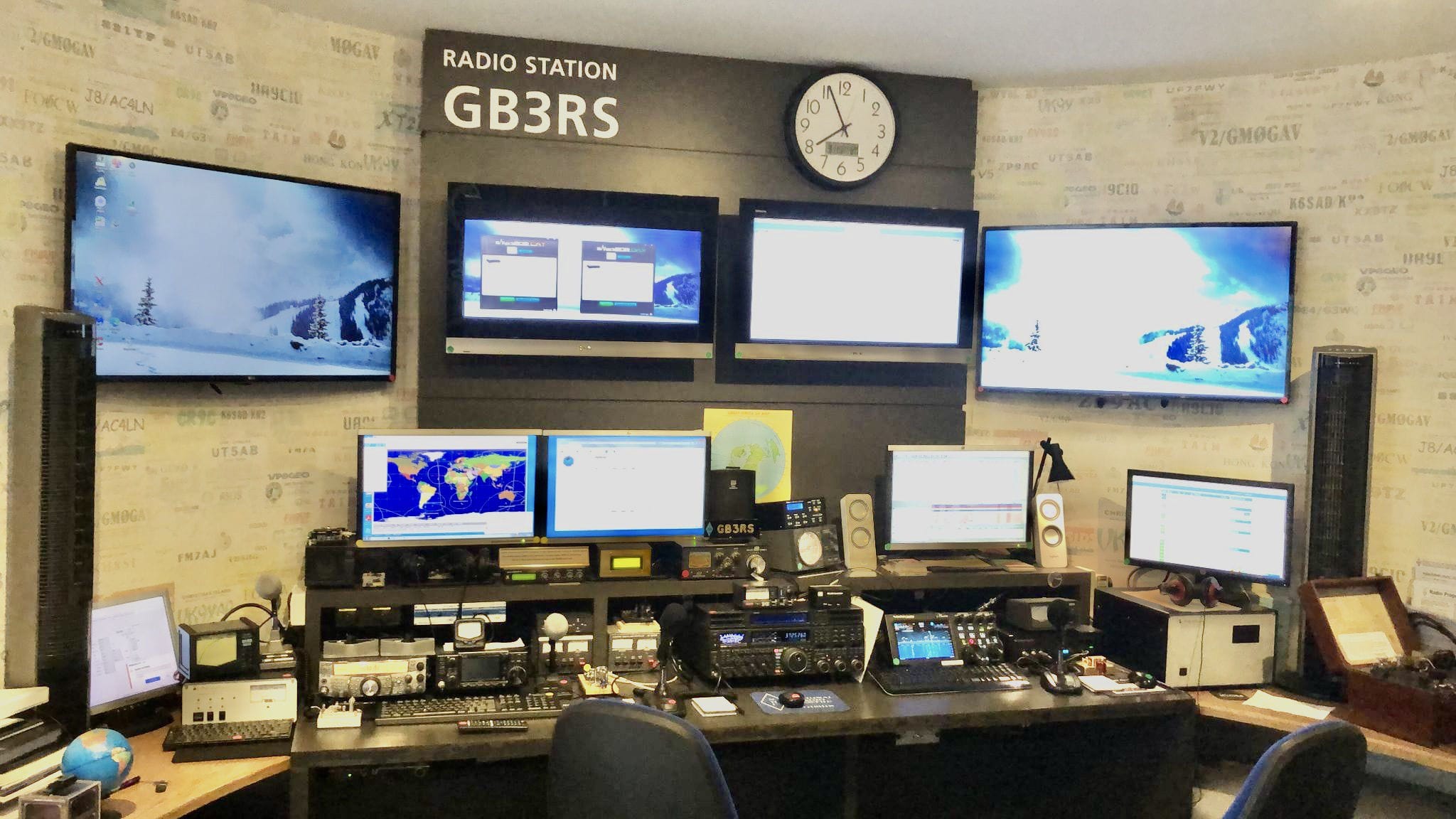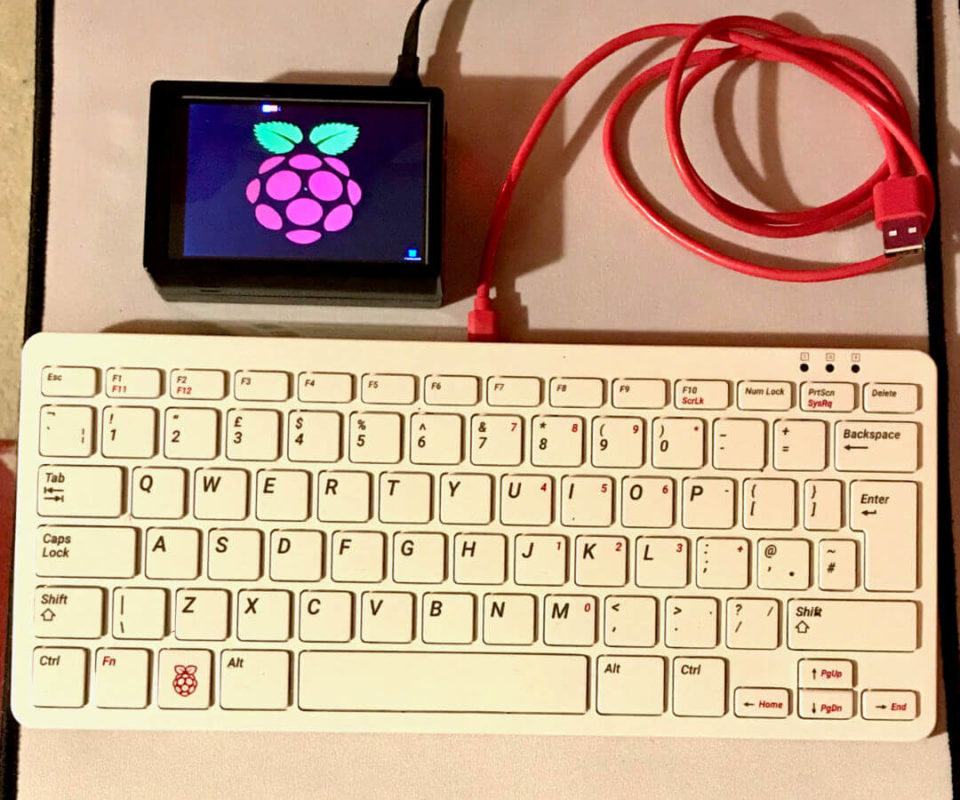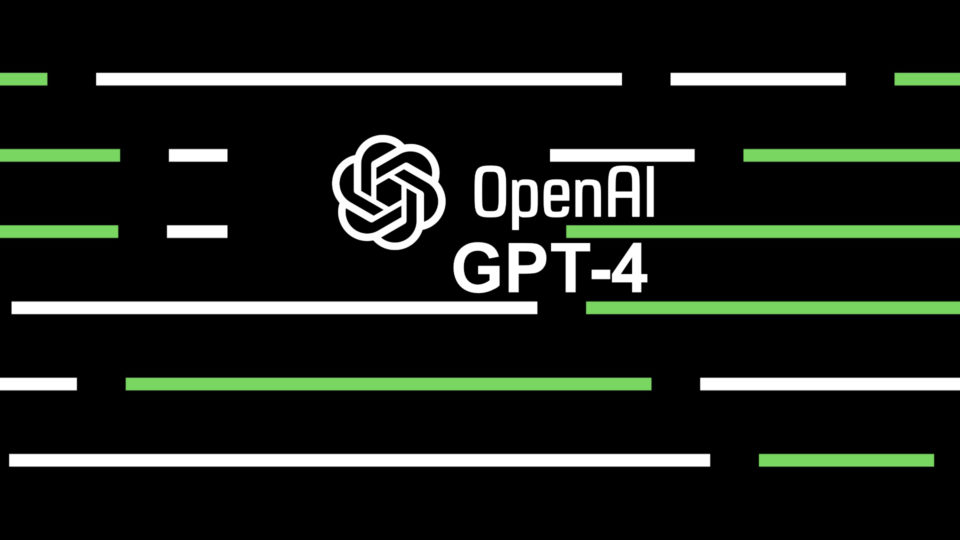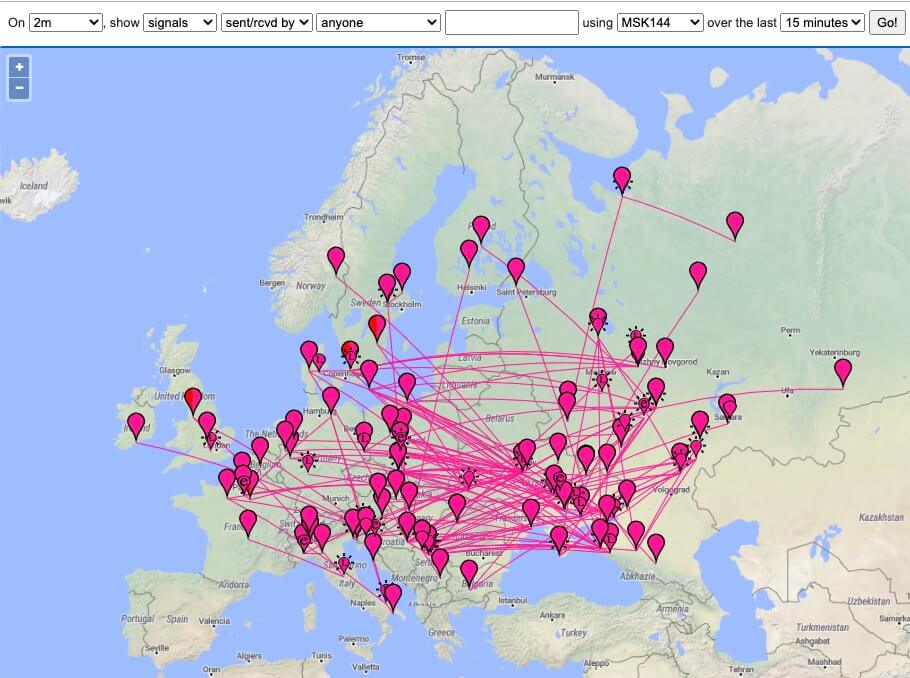GB3RS: The National Radio Centre
Table of Contents
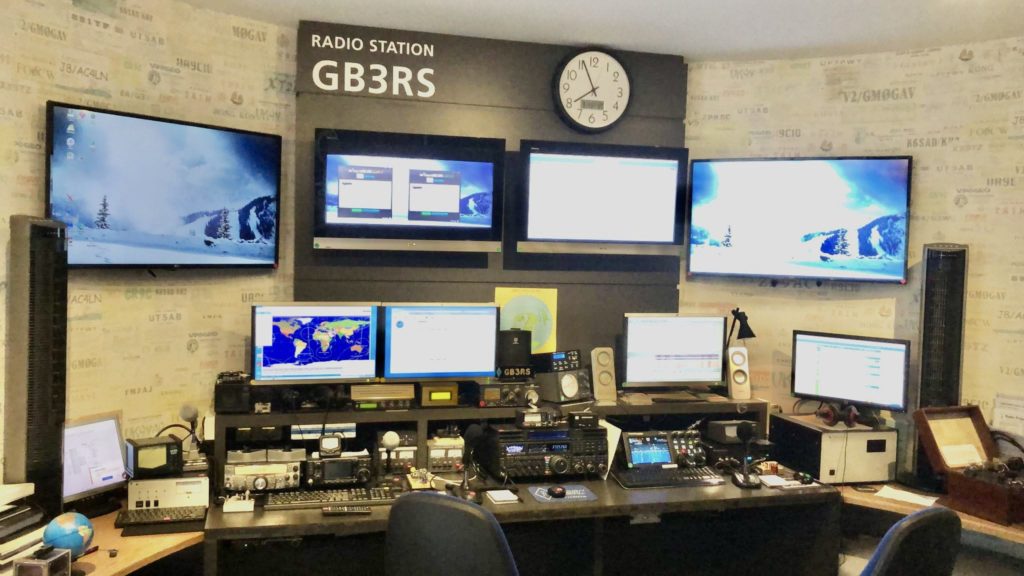
The National Radio Centre (NRC) and GB3RS located in Bletchley Park are must-visit destinations for anyone interested in radio communication and its history. The NRC houses a collection of historic radio equipment, interactive exhibits, and educational resources that provide visitors with an insight into the development and evolution of radio technology.
One of the key attractions of the NRC is the amateur radio station, GB3RS.
GB3RS is managed by the Radio Society of Great Britain (RSGB) and provides a platform for radio enthusiasts to connect with other radio operators from around the world. The center is staffed by volunteers who are passionate about radio communication and its potential to connect people across borders.
Visitors to the NRC can watch the volunteers in action and even pass greetings messages under the guidance of experienced operators. The GB3RS station is equipped with state-of-the-art technology that enables operators to communicate over long distances.
The NRC volunteers will talk to interested visitors to inspire and educate the next generation of radio enthusiasts covering various aspects of radio technology, including radio propagation, antenna design, and signal processing.
The NRC is housed in Bletchley Park, a historic site that played a significant role in World War II as the headquarters of the Government Code and Cypher School (GC&CS). The site was home to a team of codebreakers who worked to decipher encrypted messages sent by the Axis powers. The work of the codebreakers is credited with shortening the war by several years and saving countless lives.
The National Radio Centre in Bletchley Park is a fascinating destination that offers a glimpse into the history and evolution of radio technology. The GB3RS radio station is a testament to the enduring popularity of amateur radio provide a platform for young people to learn about the science and technology behind radio communication. A visit to the NRC is a must for anyone interested in the history and future of radio communication.
Bletchley Park Museum
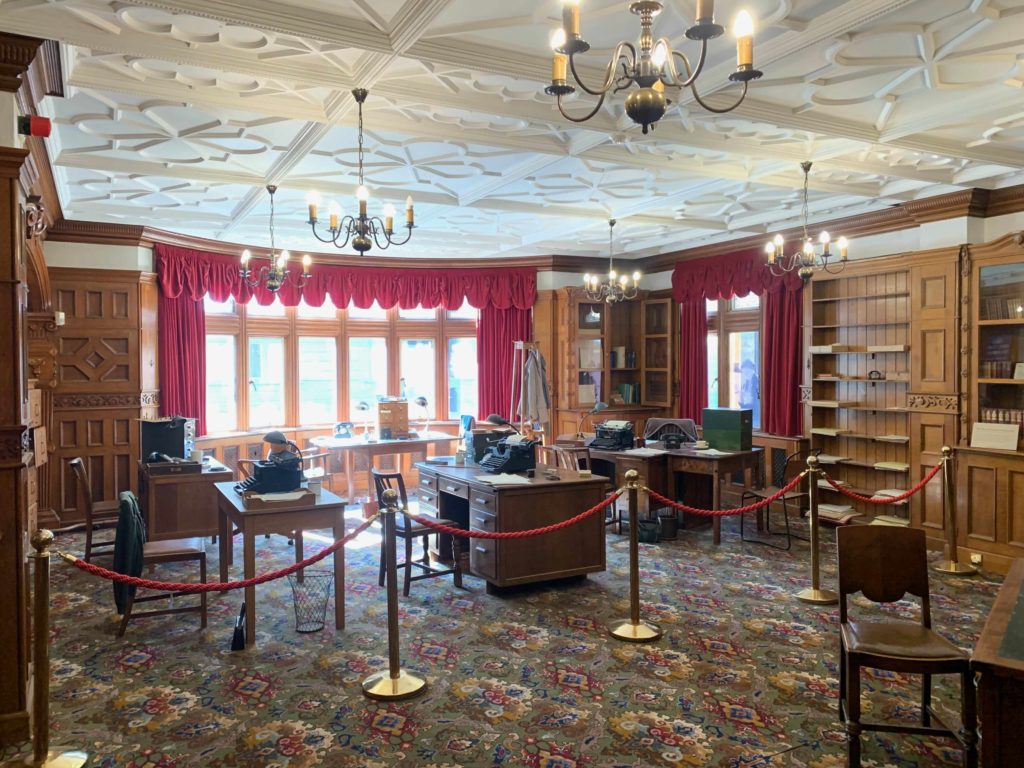
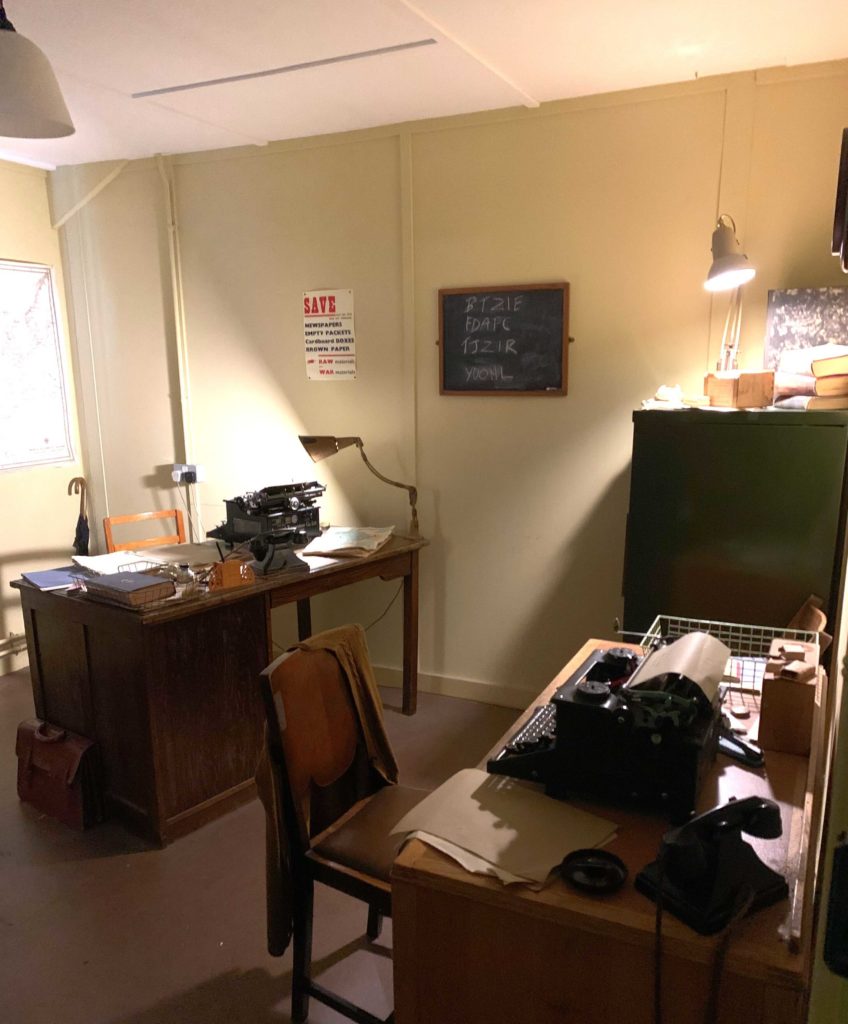
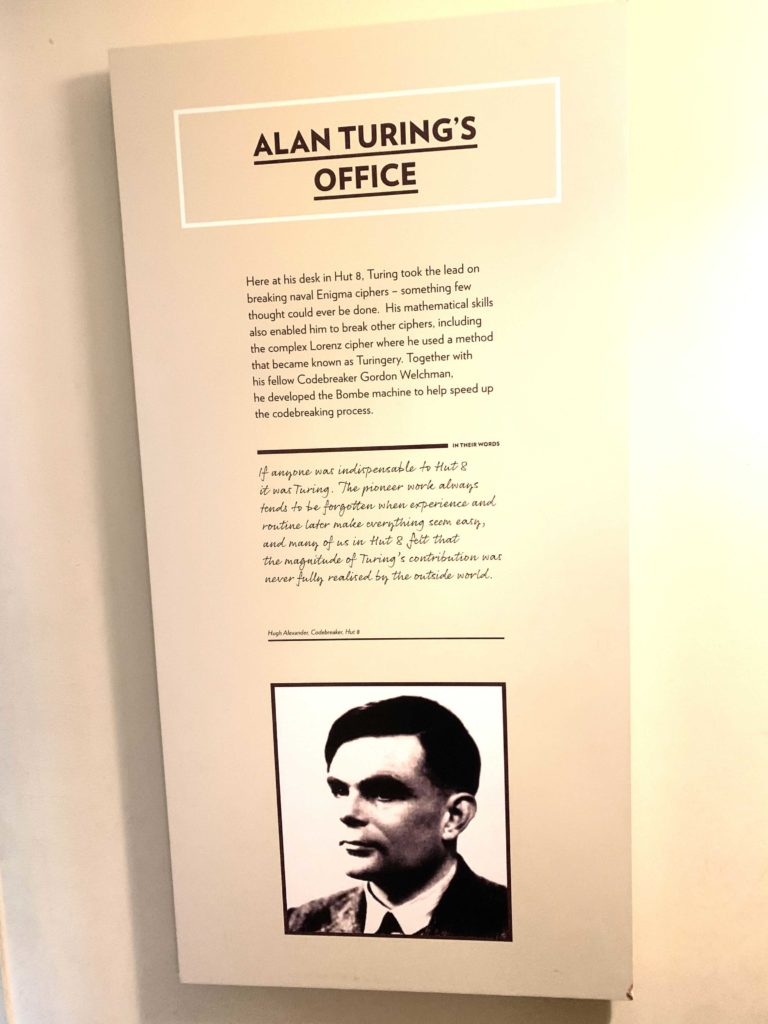
Bletchley Park, located in the heart of Buckinghamshire, England, is home to one of the most significant technological achievements of World War II: the cracking of the German Enigma code. Bletchley Park is now a museum, and one of its most exciting exhibits is the National Radio Centre (NRC).
The NRC, opened in 2012, is dedicated to the history and science of radio communication. The centre is an interactive space where visitors can explore the technology and techniques used in radio communication, from its earliest days to the present. The exhibits include working radio stations, hands-on displays, and audio-visual presentations, providing visitors with a unique opportunity to learn about radio communication and its impact on society.
One of the highlights of Bletchley Park is the display of original equipment used during World War II, including a German Enigma machine, which visitors can see and learn about. The Enigma machine was used by the German military to encode and decode messages during the war, and its cracking by Bletchley Park’s codebreakers was a significant turning point in the conflict.
The NRC also has several working radio stations for 80m to Oscar-100, which visitors who hold an Amateur Radio License can use to communicate with other radio enthusiasts from around the world. These stations are equipped with the latest technology and offer visitors a chance to learn about radio communication firsthand. The NRC also hosts regular events and workshops, where visitors can learn more about radio communication and its role in society.
The National Radio Centre is an essential addition to Bletchley Park, providing a unique insight into the world of radio communication. It is an excellent opportunity for visitors to learn about the history and science of radio communication and its importance in shaping the world we live in today. The centre’s interactive exhibits, working radio stations, and displays of original equipment provide visitors with an unforgettable experience that will leave them with a greater understanding and appreciation of the role of radio communication in our society.
G7RDX operating GB3RS
Flex and SteppIR in action, working E6AF om 15m.
On the air for World Amateur Radio Day on Sunday 18 April 2021
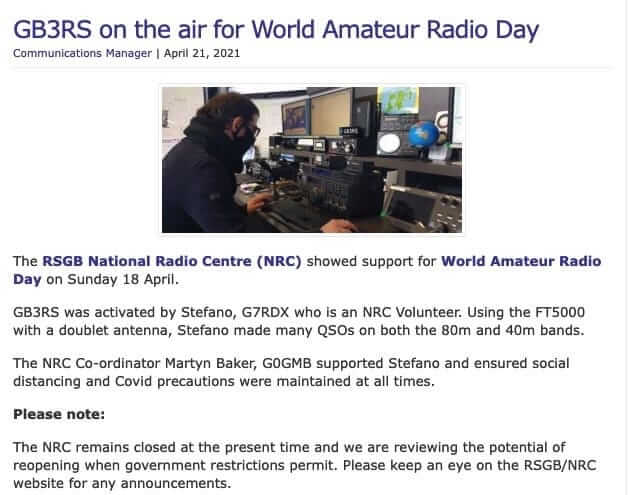
GB3RS Radio station equipment
GB3RS is an amateur radio station managed by the Radio Society of Great Britain (RSGB) and is located within the National Radio Centre (NRC) in Bletchley Park, Milton Keynes, United Kingdom. GB3RS plays a crucial role in the NRC, as it allows visitors to see and experience live radio communication in action.
GB3RS is staffed by a team of volunteers who are passionate about radio communication and its potential to connect people across borders. The station is equipped with a range of high-quality equipment that allows operators to communicate over long distances, even in adverse weather conditions. Some of the equipment used at the station includes:
Antennas:
Antennas are essential and the most important part of the station for transmitting and receiving radio signals over long distance. GB3RS has several types of antennas installed, including a SteppIR 3 element, VHF/UHF vertical antenna, VHF/UFH satellite antenna system, dualband antenna for 2m and 70cm and dishes for Oscar-100.
Transceivers:
These are the core pieces of equipment used to transmit and receive radio signals. GB3RS is equipped with a range of transceivers, including the Flex6500, Yaesu FT-5000, IC-9700, Yaesu FT818 and Kenwood TS-2000.
Amplifiers:
Amplifiers are used to increase the power of the radio signals, allowing them to travel over longer distances. GB3RS has a range of amplifiers installed, including the Gemini 1K for HF and Gemini 500 for 2m.
Computers and software:
Modern radio communication relies heavily on computers and software. GB3RS is equipped with several computers that are used to control the transceivers, log contacts, and manage the station’s operations.
In addition to the equipment mentioned above, GB3RS is also equipped with a range of other accessories, including microphones, morse keys, headphones, and audio processing equipment.
The operators at GB3RS use a range of amateur radio software and communication modes, including voice (FM and SSB), digital modes (such as PSK31 and FT8), and even satellite communication. Visitors to the NRC can watch the operators at GB3RS in action and even have the opportunity to make their own radio calls under the guidance of experienced operators.
Antenna system at GB3RS
SteppIR 3 element 40m to 6m

In the world of amateur radio, the antenna is the most critical component of any setup. It is the key to achieving excellent signal transmission and reception. The SteppIR 3 Element Yagi Antenna is an excellent example of an antenna designed for optimum performance.
The SteppIR 3 Element Yagi Antenna Package is a high-performance antenna system that operates in the 40 to 6-meter bands. It is a three-element directional antenna. The antenna package includes the antenna itself, a control box, and a 100-foot cable.
The antenna is designed with SteppIR‘s patented technology that allows it to adjust the antenna’s length in real-time, allowing it to tune itself to the frequency of the signal. This innovative technology ensures that the antenna always operates at maximum efficiency, regardless of the frequency being used.
The antenna’s ability to adjust its length in real-time ensures that it always operates at maximum efficiency, regardless of the frequency being used.
With its 3-element design, the antenna is capable of delivering impressive gain and front-to-back ratios across a wide frequency range, from 40 meters to 6 meters.
This antenna is an excellent choice for DX (long-distance) communication, and it is well-suited for a variety of HF (high-frequency) bands.
The table provided in the product information shows the dB gain and dB front-to-back ratio (F/B) for the different bands that the antenna can operate on. For the 40m and 30m bands, only the dB gain is listed, as these bands do not have a specified dB F/B ratio. The dB gain is a measure of the antenna’s ability to increase the power of the signal being transmitted or received, relative to a reference antenna. A higher dB gain means a more powerful signal, which can result in longer-range communication.
SteppIR 3 element perfomances
Let’s take a closer look at the antenna’s performance specifications:
40m: it has a gain of 1.8 dBi on the 40 meter band. While the front-to-back ratio (F/B) is not specified, this antenna is designed to deliver strong performance on this band.
30m: Similarly to 40m, a gain of 2.1 dBi on the 30 meter band, with no specified F/B ratio.
20m: On the 20 meter band, the antenna delivers an impressive gain of 7.4 dBi, with a front-to-back ratio of 25 dB. This makes it an ideal choice for long-distance communication on this popular HF band.
17m: even higher gain on the 17 meter band, with a gain of 8.3 dBi and a front-to-back ratio of 25 dB. This band is popular among amateur radio operators for its relatively low noise levels and good propagation characteristics.
15m: On the 15 meter band it delivers a gain of 8.5 dBi and a front-to-back ratio of 20 dB. This makes it an excellent choice for reliable communication over longer distances.
12m: an impressive 8.8 dBi of gain on the 12 meter band, with a front-to-back ratio of 15 dB.
10m: even higher gain on the 10 meter band, with a gain of 9.0 dBi and a front-to-back ratio of 11 dB. This band is popular for its long-range communication capabilities, and the SteppIR 3-Element Yagi Antenna Package is designed to deliver the performance needed for reliable communication over long distances.
The table also indicates that the 6m band can be enhanced with the use of a passive element kit, which increases the dB gain to 6.2 and the dB F/B ratio to 30. This kit adds a passive reflector element to the antenna, which helps to focus and direct the signal in the desired direction.
Multiband dipole for 80m and 40m
The multibander dipole is used with the Yaesu FT-5000 on 80m and 40m, mainly for NRC NET, every morning at 10:30 at 7.130 MHz and monitoring FT8 on 40m most of the time.
Flex 6500
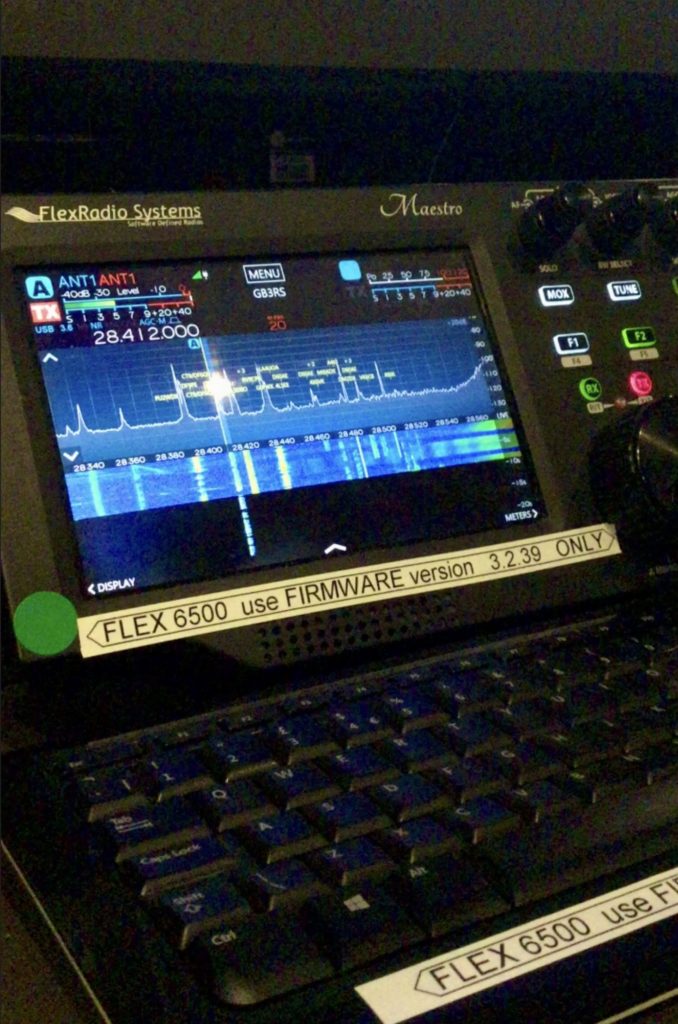
The radio Flex 6500 is a powerful SDR that is designed for amateur radio enthusiasts who demand the very best in terms of performance and flexibility.
Here are some of the key specifications of the Radio Flex 6500:
Frequency range: The Radio Flex 6500 covers a wide frequency range of 1.8 to 54 MHz, making it suitable for a variety of amateur radio communication applications.
Power output: The radio has a maximum power output of 100 watts, which is more than sufficient for most amateur radio applications.
Sampling rate: The Radio Flex 6500 has a sampling rate of up to 122.88 MHz, which ensures that the radio can process large amounts of data quickly and efficiently.
Number of antennas: The radio has two antenna ports, which allows users to connect two separate antennas for maximum flexibility and control over their radio communication experience.
Dynamic range: The Radio Flex 6500 has a dynamic range of 116 dB, which ensures that the radio can capture even the weakest signals with exceptional clarity and accuracy.
Operating modes: The radio supports a range of operating modes, including CW, SSB, AM, FM amd digtal modes.
Display: The Maestro, high-resolution display that provides users with easy access to key radio settings and controls.
Software: The radio is powered by SmartSDR, a powerful software platform that provides users with unparalleled flexibility and control over their radio communication experience.
Yaesu FT5000
G7RDX operating GB3RS on 30m FT8, running 100w into the multiband dipole.
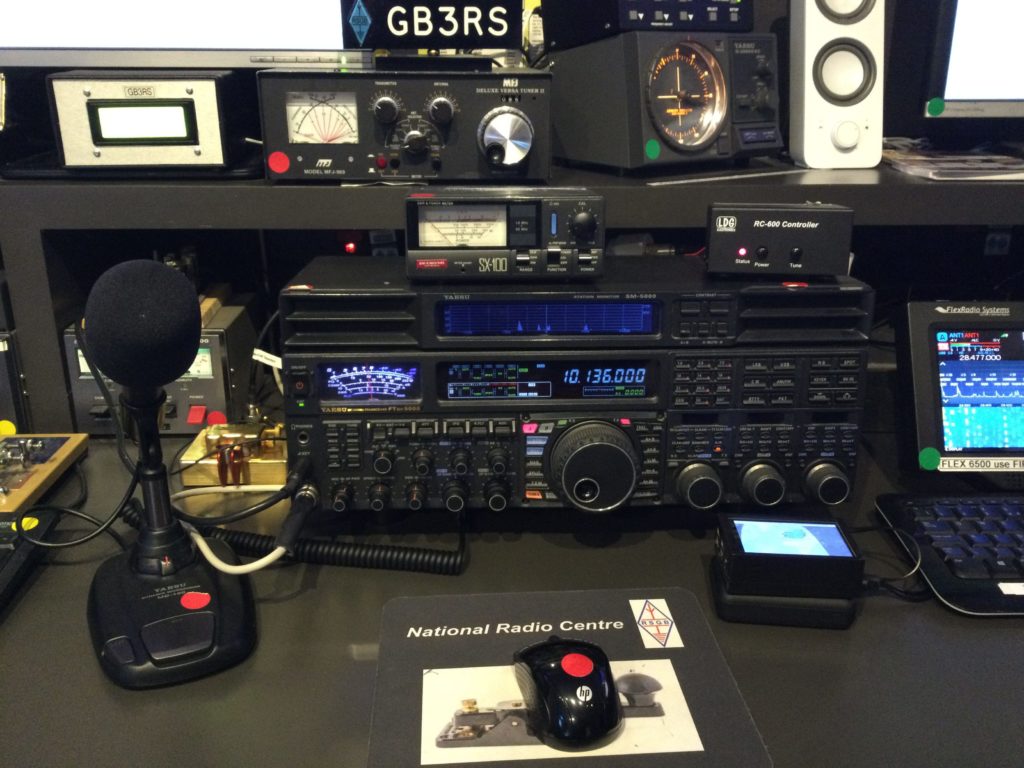
From the corner.
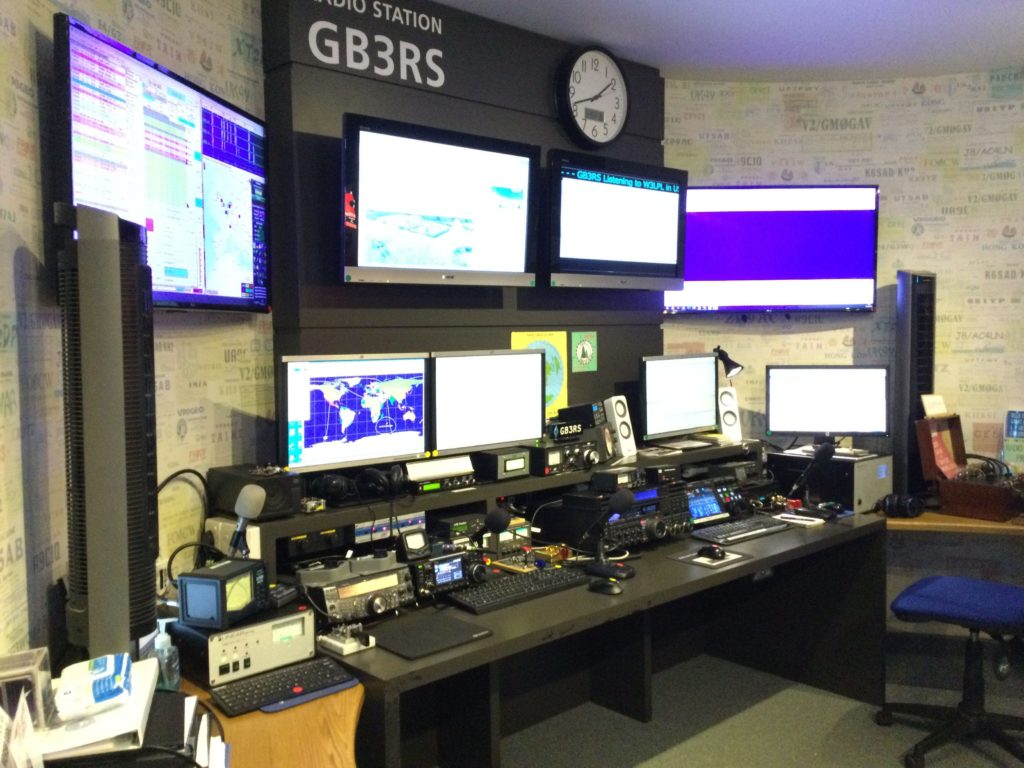
Kenwood TS2000
The Kenwood TS2000 is still one of the best radio to operate satellites.
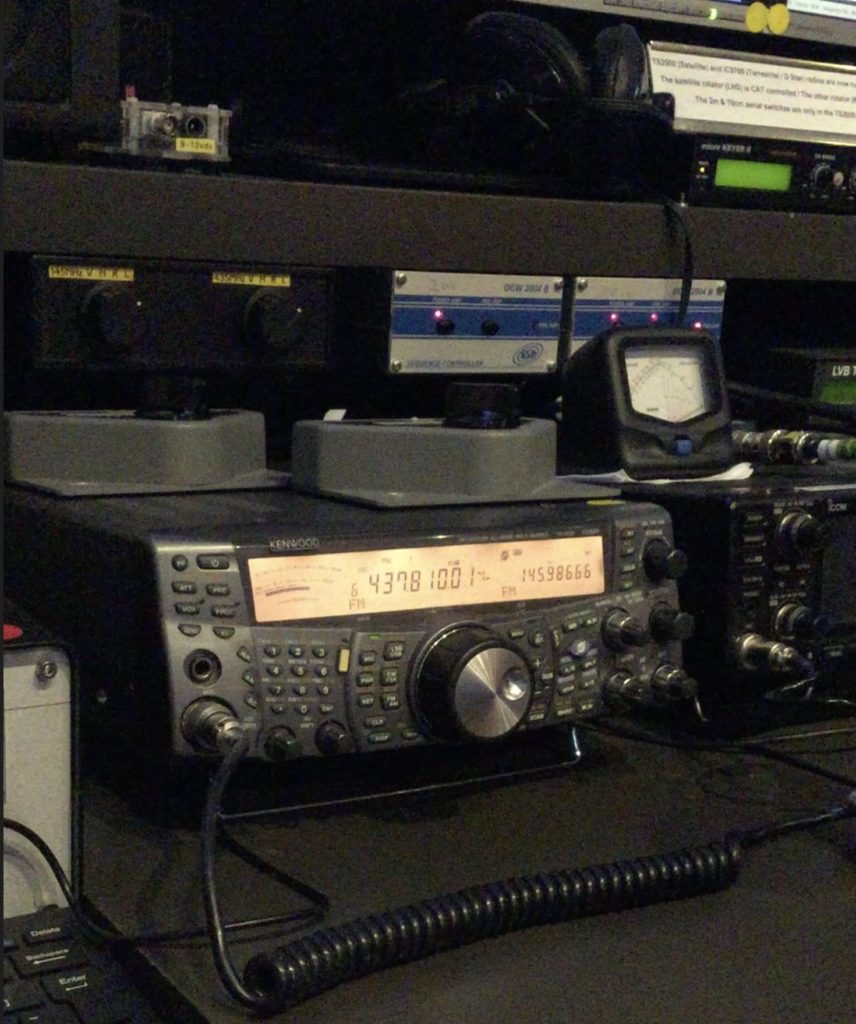
Icom IC-9700
The Icom IC-9700 is used on DV, VHF and UHF.
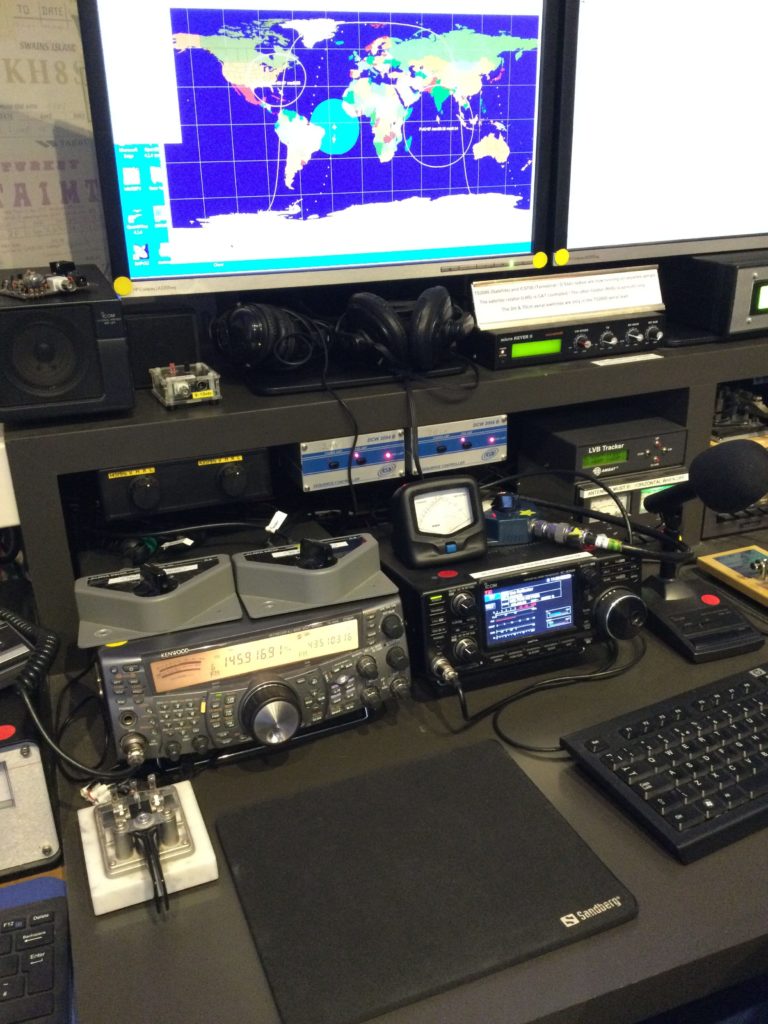
Oscar-100 station at GB3RS
Oscar-100 Geostationary Amateur Radio Satellite
Oscar-100, also known as QO-100, is a geostationary amateur radio satellite that has provided new opportunities for radio amateurs to communicate and experiment.
The satellite was launched on November 15, 2018, as a joint effort between the Qatar Amateur Radio Society (QARS) and Es’hailSat, the Qatar Satellite Company. It is in a geostationary orbit over the equator at 25.5° East, which provides coverage for Europe, Africa, parts of Asia, and South America.
The transponder on Oscar-100 is a linear transponder, which means that it receives signals on one frequency and retransmits them on another frequency. The uplink frequency is in the 2.4 GHz amateur radio band, and the downlink frequency is in the 10 GHz band.
Radio amateurs located within the satellite’s coverage area can access the transponders using relatively simple equipment, including a transceiver capable of transmitting on the uplink frequency and receiving on the downlink frequency, a parabolic dish antenna, and a low-noise amplifier (LNA) for the uplink. Computer-controlled systems can help track the satellite’s position and adjust the antenna pointing as necessary.
However, it’s important to note that the satellite’s coverage is not worldwide.
Radio amateurs can check the satellite’s coverage maps and calculate the elevation and azimuth angles for their location to determine whether they are within the satellite’s footprint and can access the transponders.
Oscar-100 has been a significant development in the world of amateur radio, providing new opportunities for enthusiasts to communicate and experiment over long distances. It has also been used for satellite-based emergency communications during disasters, such as the COVID-19 pandemic.
In conclusion, Oscar-100 is a geostationary amateur radio satellite that provides coverage for Europe, Africa, parts of Asia, and South America. It has opened up new opportunities for radio amateurs to communicate and experiment and has been used for emergency communications during disasters.
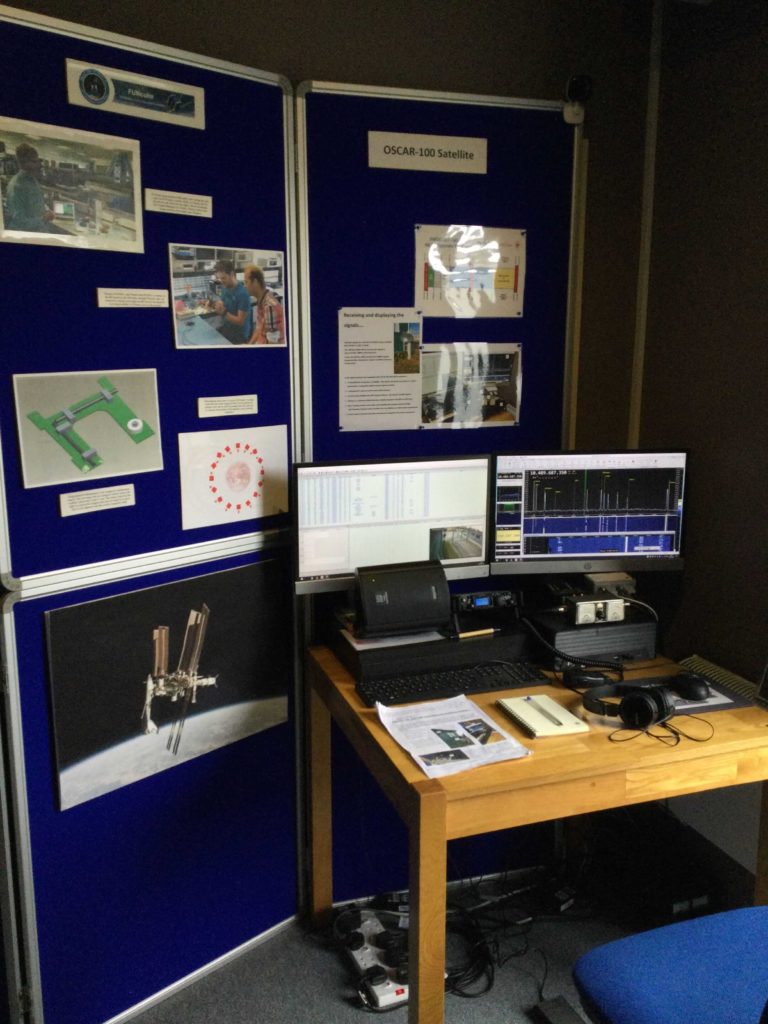
TX side
TX uplink QRG is at 2.4GHz
75cm dish
Uplink power 15w to an Offset Antenna Patch
RX side
60 cm Sky dish with an LBN converting signal form 10GHz to 739MHz
Volunteering at NRC
The National Radio Centre (NRC) is expecting more than 70,000 visitors in 2023 and we are actively seeking additional volunteers to help engage with the public and give radio demonstrations.
To become an NRC volunteer, you should have a passion for meeting people, feel confident in explaining the hobby, and be able to operate the NRC’s radio station, GB3RS. In addition, you should be a licensed amateur and an RSGB member, and be able to commit to working at least one (preferably two) days per month.
As part of the team, you’ll join a group of enthusiastic, friendly, and dedicated volunteers who are committed to sharing their love of amateur radio with the public. We provide full training for all volunteers, so no prior experience is necessary.
The National Radio Center also offers travel expense reimbursement for volunteers who live within a reasonable distance, and NRC volunteers enjoy numerous benefits associated with volunteering at Bletchley Park.
If you’re interested in joining the NRC Team, please get in touch with Martyn G0GMB, email nrc.support@rsgb.org.uk for more information.
Martyn is the manager of NRC and he will be more than happy to hearing from you and explain you how to join the team!
Links to NRC websites
The NRC website : http://www.nationalradiocentre.com/find-out-whats-in-the-nrc.php
GB3RS page on RSGB website https://rsgb.org/main/about-us/national-radio-centre-gb3rs/
GB3RS at QRZ.com
Thanks to
Martyn G0GMB for reading the drafts and helping me to get the most out of this article.
OpenAI for the help in creating contents for this website.
This website is made with ❤️ by G7RDX with the help of OpenAI
